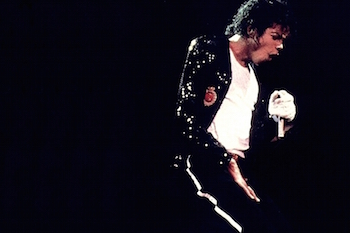Certain types of progressions will work just as well for a verse as they will for the chorus.
 “The Essential Secrets of Songwriting” 10-eBook Deluxe Bundle is written by Gary Ewer, designed to straighten out your technique and get you writing better songs. Get today’s Deluxe Bundle DEAL
“The Essential Secrets of Songwriting” 10-eBook Deluxe Bundle is written by Gary Ewer, designed to straighten out your technique and get you writing better songs. Get today’s Deluxe Bundle DEAL
 There are a lot of differences between verses and choruses. Mainly, you’ll find that verse melodies and chords can get away with wandering kind of quality, while (at least most of the time) choruses tighten up, with melodies and chords becoming shorter, easier to sing, and easier to remember.
There are a lot of differences between verses and choruses. Mainly, you’ll find that verse melodies and chords can get away with wandering kind of quality, while (at least most of the time) choruses tighten up, with melodies and chords becoming shorter, easier to sing, and easier to remember.
That often means that chord progressions for a verse will be longer and more “fragile”, while chorus progressions focus in on the tonic chord. Mind you, the difference isn’t often strikingly different, but you’ll see what I mean with this example:
While My Guitar Gently Weeps
VERSE:
Am Am/G Am6/F# Fmaj7 Am G D
Am Am7/G Am6/F# Fmaj Am G C E
CHORUS:
A C#m F#m C#m Bm E...
As I say, the difference isn’t striking, but the chorus progression moves, for at least part of the way, in a circle-of-fifths kind of way, always keeping A as a tonal focus. The verse, by comparison, starts on Am and begins a slightly longer journey away from that chord, with no strong indication where it’s headed.
But not all songs are like that, you will likely know. Some use identical progressions for both the verse and chorus, like Michael Jackson’s “Billie Jean.” It uses the same progression, though a short pre-chorus does offer a different progression.
Using the same progression — even the same melody — can work. Here are some tips to help you with that.
- Construct a mainly strong progression. A strong progression is one where the tonic chord (the one representing the key of your song) is the main target and chord of focus. In other words, write a progression that would work well as a chorus progression if you want to use it for both verse and chorus.
- Don’t let the progression get too long. Long progressions usually work well for verses, but if you’re planning to use the same one for both sections, keep it shorter to help accentuate the chorus’s innately “hooky” nature.
- Think of ways to allow the chorus melody to sit higher in pitch. That’s all the difference you’ll need to set the chorus apart from the verse.
- Add instrumental ideas to fill out the chorus textures. Building your instrumentation in the chorus helps increase musical energy and momentum.
- Add backing vocals to the chorus. Hand-in-hand with building the instrumental treatment in the chorus is to add backing vocals. These small additions do much to deflect attention away from the fact that you’ve used the same chords.
A lot of time can be spent looking for chords that are unique — even musically startling. But it’s frequently better to spend your time with creating clever lyrics, a more memorable melody, and a more sophisticated musical treatment, and leave chords as something strong and reliable that works in the background. Using the same chord progression for verse and chorus can often work really well for you.
______________
Written by Gary Ewer. Follow on Twitter.
“The Essential Secrets of Songwriting” eBook Bundle packages look at songwriting from every angle, and have been used by thousands of songwriters. How to use chords, write melodies, and craft winning lyrics. Get today’s DELUXE BUNDLE DEAL.











Smells Like Teen Spirit. Every Katy Perry song. Sublime, “What I Got.” Coldplay, “A Sky Full of Stars.” These are all big time commercially successful songs and they sure don’t rely on chords to hold the listeners interest. Good Article Gary.
Totally agree. Sometimes u need to not overthink the chords. Using other devices to create interest can be just as useful. This might be a silly example but the country song Boys Round Here by Blake Shelton is only 2 chords the entire tune… A to D. And it’s a great song!
I’m not a huge country fan, but I love that song! Great example – thanks!
-Gary